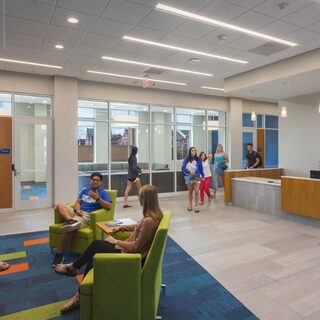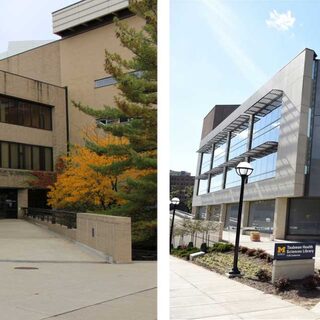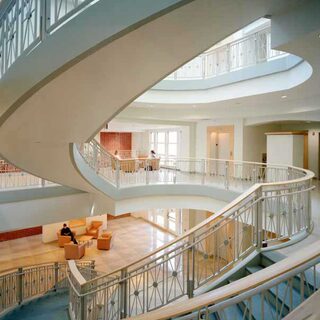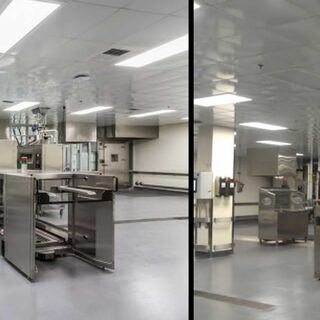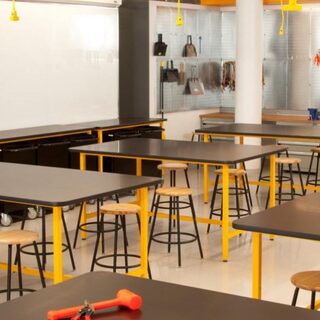Tradeline's industry reports are a must-read resource for those involved in facilities planning and management. Reports include management case studies, current and in-depth project profiles, and editorials on the latest facilities management issues.
Latest Reports
Designing and Operating Maker Spaces for Today’s STEM Programs
Maker spaces, specifically designed to serve the needs of learners and best take advantage of local resources, are surpassing classrooms as the most effective way to educate science and engineering students. Students need access to a variety of equipment, technology, and spaces, from 3D and large format printers to sewing machines and electronic tables, from collaboration zones to woodworking areas.
Transformation to Exclusively Digital Library Frees Up Space for UMichigan Medical School
A dynamic, forward-looking partnership between the University of Michigan Medical School and the A. Alfred Taubman Health Sciences Library has transformed a relatively hidden, introverted, and utilitarian 1970s book repository into a vibrant 21st century learning hub. But the original goal of this $55 million renovation project was much more modest than a whole-building transformation: It was simply to improve the medical student lounge, a windowless basement space that with each passing year had become less inviting to prospective and current students, as other medical schools improved their student-life spaces.
Fostering the Convergent Science Revolution
“Convergence” is the term increasingly used to describe the intermingling of disciplines in next-gen academic research facilities. Embodied by today’s moonshot-type initiatives targeting big picture-level discovery, convergence has been dubbed “the next scientific revolution.” It is characterized by collaboration among experts in multiple fields of endeavor tackling the major scientific problems of our time. From a facility perspective, convergence goes beyond the organizational progression that has seen traditional departmental siloes challenged by the move to multidisciplinary, interdisciplinary, and transdisciplinary or clustered research. It brings together many diverse specialties, from biomedicine to engineering to business to law, in a single place.
Centralized Research Support Facility Reaping Significant Benefits
A new Centralized Research Support Facility (CRSF) at the University of California San Diego (UCSD) has created a host of benefits for the university and its Animal Care Program, including almost $13 million in savings to date, with more savings expected when existing space is reassigned. The project could signal a paradigm shift as available research space shrinks, but consolidation/centralization requires significant operational and cultural shifts.
Arizona State University Incorporates Business Start-Up Skills into Engineering Schools
Arizona State University (ASU) has designed its engineering schools to not only teach engineering, but also to develop entrepreneurs. In addition to the traditional classroom education, students are given the space and the skills to invent, design, produce, and market what their minds conceive.

